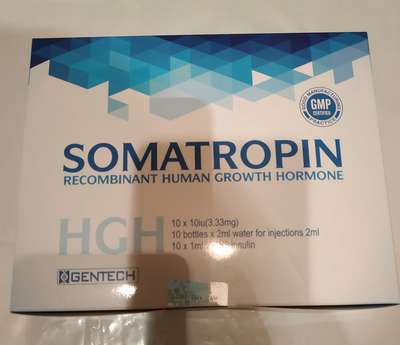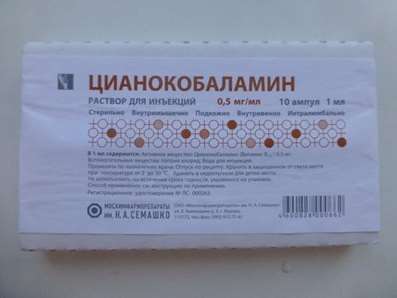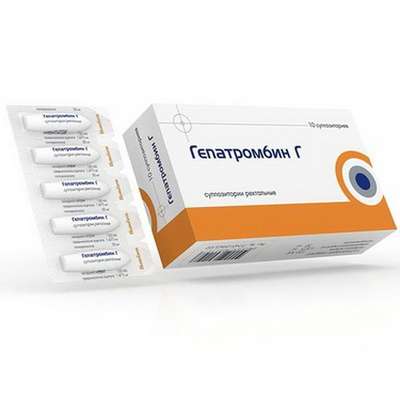Instruction for use: Metipranolol
I want this, give me price
Trade name of the drug – Trimepranol
The Latin name of the substance Metipranolol
Metipranololum (genus. Metipranololi)
Chemical rational name: 4- [2-Hydroxy-3 - [(1-methylethyl) amino] propoxy] -2,3,6-trimethylphenol acetate-1- (as hydrochloride and tartrate or)
Gross formula C17H27NO4
Pharmacotherapeutic group: Beta-blockers
The nosological classification (ICD-10)
G25.1 The tremor caused by the drug: shake; Tremor in patients receiving lithium drugs
I10 Essential (primary) hypertension: hypertension; Arterial hypertension; Arterial hypertension crisis course; Essential Hypertension; Essential hypertension; Essential hypertension; Essential hypertension; Essential hypertension; Primary hypertension; Arterial hypertension, complications of diabetes; The sudden increase in blood pressure; Hypertensive disorders of blood circulation; hypertensive condition; hypertensive crises; arterial Hypertension; malignant Hypertension; Hypertonic disease; hypertensive crises; accelerated hypertension; malignant hypertension; The aggravation of hypertensive disease; Transient hypertension; Isolated systolic hypertension
I15 Secondary hypertension: Arterial hypertension, complications of diabetes; hypertension; The sudden increase in blood pressure; Hypertensive disorders of blood circulation; hypertensive condition; hypertensive crises; hypertension; arterial Hypertension; malignant Hypertension; hypertensive crises; accelerated hypertension; malignant hypertension; The aggravation of hypertensive disease; Transient hypertension; hypertension; Arterial hypertension; Arterial hypertension crisis course; renovascular hypertension; Hypertension symptomatic; Renal hypertension; Renovascular hypertension; renovascular hypertension; Symptomatic hypertension
I20 Angina [angina]: Heberden disease; Angina pectoris; The attack of angina pectoris; recurrent angina; Spontaneous angina; Stable angina pectoris; Angina rest; Angina progressing; Angina mixed; Angina spontaneous; stable angina; Chronic stable angina; Angina Syndrome X
I25.2 Transferred last myocardial infarction: Cardiac syndrome; Myocardial infarction; post-MI; Rehabilitation after myocardial infarction; Reocclusion of the operated vessel; Angina postinfarctnaya; Status after myocardial infarction; Status after myocardial infarction; myocardial infarction
I42.1 Obstructive hypertrophic cardiomyopathy: Asymmetrical hypertrophy of the interventricular septum; Hypertrophic obstructive cardiomyopathy; Obliteriruschaya restrictive cardiomyopathy; Hypertrophic cardiomyopathy; Hypertrophic obstructive cardiomyopathy; Myocardial hypertrophy with obstruction
R07.2 Pain in the heart: neuroses of the heart; Myocardial ischemic pain; Pain syndrome in myocardial infarction; cardialgia; cardioneurosis; Cardiac syndrome; Pain in cardiac patients; Cardialgia on background dyshormonal myocardial dystrophy; Functional cardialgia; Psevdostenokardiya; pericardial pain
R25.8.0 * hyperkinesia: hyperkinesia trochaic; Hyperkinesia central origin; hyperkinesia rheumatoid; hyperkinesia; Social tremor
T46.0 Poisoning by cardiac glycosides and drugs of similar action: Arrhythmia on the background of digitalis intoxication; digitalis intoxication; Intoxication with cardiac glycosides; digitalis arrhythmia; Intoxication with cardiac glycosides and diuretics; glycoside intoxication; Digitalis poisoning drugs; Overdose or poisoning of digitalis glycosides
CAS code 22664-55-7
Description
White, crystalline powder, with a molecular weight of 309.40.
Pharmacological Properties of Metipranolol
Pharmachologic effect - antianginal, hypotensive, anti-arrhythmic.
Beta-adrenoceptor blocking. It has a negative chronotropic and negative batmotroponoe action decreases contractility, cardiac output and cardiac output. The action begins 1-2 hours after administration, the negative chronotropic effect lasts 10 hours. The blockade of beta-adrenergic receptors in the bronchi and bronchioles can lead to an increase in airway resistance.
Application of the substance Metipranolol
Hypertension, angina, post myocardial infarction, supraventricular and ventricular arrhythmias, including digitalis, hypertrophic cardiomyopathy, anxiety, vegetative dystonia syndrome, hyperkinetic syndrome (including hyperthyroidism, pheochromocytoma), tremor in patients receiving lithium drugs.
Contraindications for Metipranolol
Bradycardia, AV block II-III degree, hypotension, refractory heart failure, bronchial obstruction, progressive atherosclerosis, hypoglycemia, metabolic acidosis.
Restrictions to application
Acute myocardial infarction, pregnancy, breastfeeding.
Pregnancy and breast-feeding
Category effects on the fetus by FDA - C.
Side effect of Metipranolol
Diarrhoeal disorders, bradycardia, AV block, hypotension, heart failure, peripheral circulatory disorders, bronchospasm, muscle weakness, vision changes, keratoconjunctivitis, iridocyclitis, paresthesia, sleep disturbances, fatigue, depression, hallucinations, dizziness, headache, weight loss, delay fluid, pulmonary edema, cutaneous allergic reactions.
Interaction
It enhances the effect of tubocurarine, simpatolitikov, insulin and sulfa antidiabetics, vasodilators, ergotamine, weakens - adrenaline, digitalis glycosides, aspirin; Activity increases phenytoin, furosemide, cimetidine and hydralazine, reduce - NSAIDs. Incompatible with MAO inhibitors, halogenated anesthetics, aymalinu, quinidine, verapamil, clonidine, mazindol.
Overdose
Symptoms: bradycardia, hypotension and acute cardiac insufficiency.
Treatment: Beta-agonists, symptomatic therapy.
Routes of administration
Inside.
Precautions for substance Metipranolol
To prevent the development of withdrawal symptoms dose reduction or withdrawal of treatment should be carried out gradually, alcohol is eliminated during treatment.

 Cart
Cart





